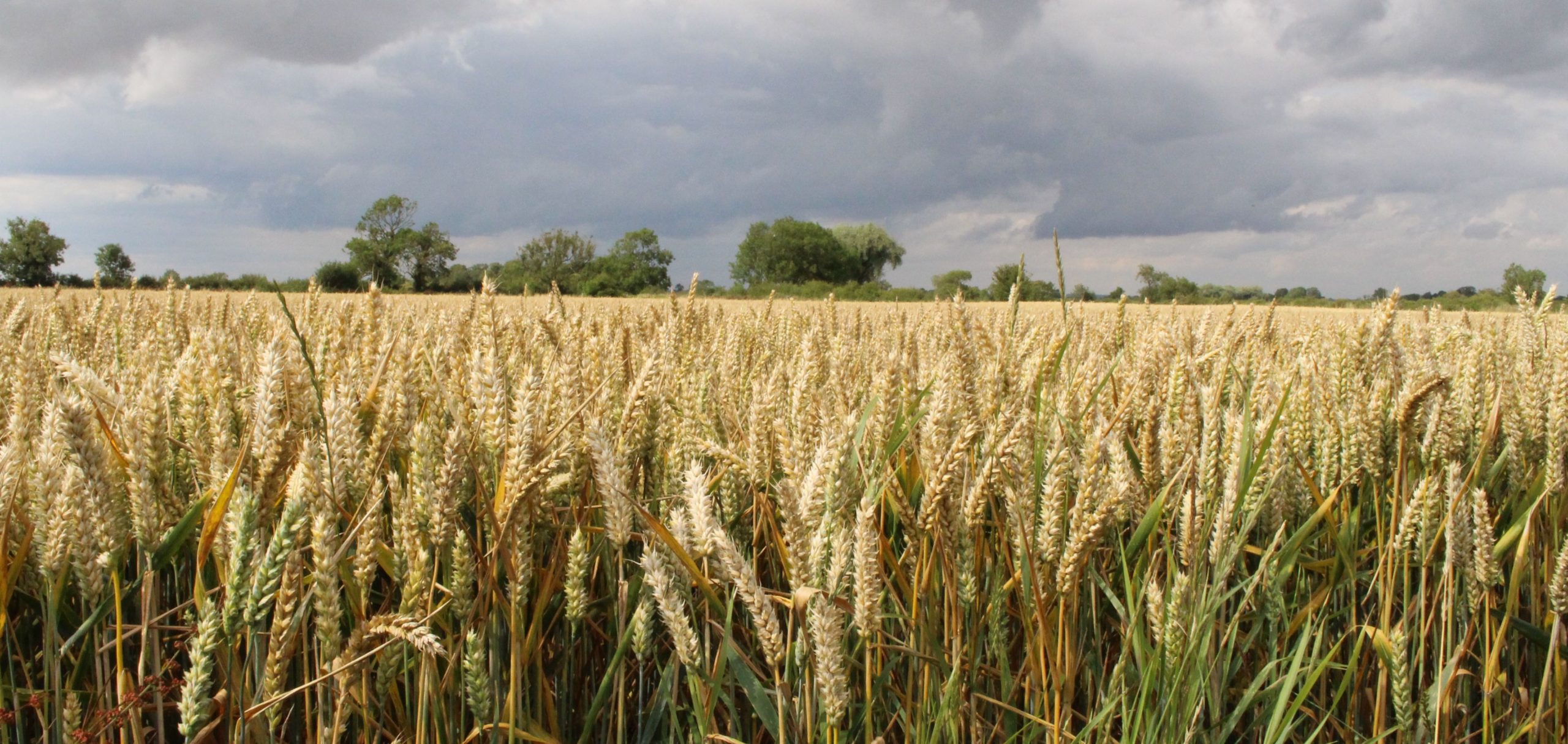
Wheat seed rates
9th September 2017Posted by Jim Orson, NIAB TAG and BCPC Board of Management 8 September 2017
In my most recent blog I suggested that the industry needs more research on stubble management for black-grass control. However, that comes with the caveat that such research will illuminate rather than confuse. There has been an example of research causing confusion on another current issue. At the end of the last century the industry was content that seed rates for winter wheat was a done deal. NIAB TAG had been doing research for years and had achieved, what we thought, robust guidelines.
Then in 2000, AHDB published a project report on winter wheat seed rates. It suggested that the typical recommended optimum plant numbers at the time, including those recommended by NIAB TAG, were far, far too high and huge cost savings could be made on seed. Understandably NIAB TAG staff sat down and read the AHDB report very carefully to see if we had missed a trick.
It soon became clear that we had misgivings about the report. First of all the choice of treatments broke the common sense rule I was taught in my first statistics lecture at University. The key message from the lecturer on choice of treatments was to ensure that there should be adequate coverage of the likely or assumed optimum values: it is a common sense approach to help ensure a clearer identification of the actual optimum. He was keen on common sense throughout the course of lectures. He emphasised that there is always the danger that getting too pre-occupied with statistical techniques can cause a drift away from reality.
The seed rates tested in the AHDB project were 20, 40, 80, 160, 320 and 640 seeds/m2. Hence, there were no treatments between 160 and 320 seeds/m2 (roughly 80 and 160 kg/ha) and also between 320 and 640 seeds/m2 (roughly 160 and 320 kg/ha). I was told that this was a true scientific approach but having poor coverage of the typical recommended seed rates of the day worried me. The average results of the project are shown in the first graph below. The horizontal axis shows the plant/m2 established after the increasing seed rates tested and the vertical axis shows the resulting yields.
Another concern was that using what was said to be the best line fit, known in the trade as a linear plus exponential function, resulted in a straight line between the 160 seeds/m2 and 640 seeds/m2 treatments, i.e. the seed rates producing the three highest plant populations in the graph below. This worried me even more because the straight line meant that the economic optimum seed rate had to be below 160 seeds/m2, or if it sloped upwards sufficiently for the additional yield to more than pay for the additional seed, above 640 seeds/m2 (see the High Mowthorpe results in the second diagram below). Hence, in the analysis of these trials there could be no chance of an economic optimum seed rate lying between 160 and 640 seeds/m2 i.e. the seed rates commonly used at the time. Our review of the AHDB project report resulted in NIAB TAG continuing to recommend the optimum plant populations suggested by its own trials.

And so the years went by. Then in 2011 there was a Defra science report on artificially imposed slug damage and its likely impact on seed rates. The same seed rates were used as in the AHDB report. The results of the seed rate treatments were not published in the same way. As I said earlier, in the AHDB report the horizontal axis is plant population and in the Defra report it is seed rate (see graph below). This is unfortunate.
The statistical analysis of results was similar but not quite the same as that used in the AHDB report. On the whole it appears that the economic optimum seed rates, where ‘slug damage’was not imposed, were far higher than those implied in the AHDB report. There were 5 instances in 28 trials where the straight line inclined upwards sufficiently to have optimum seed rates above 640 seeds/m2 e.g. High Mowthorpe in the graph below. There were only three instances where optimum seed rates were between 320 and 640 seeds/m2. The Rosemaund line in the graph below had an optimum seed rate of 174 seed/m2. There was a huge variation in economic optimum seed rates between sites and years and no clear conclusion could be made from the results. The question has to be asked: was this due to natural variation or due to the choice of seed rate treatments and the analysis of the results? Again, I am very uncomfortable with the information provided.

I have said many times that being a slave to statistical approaches and ignoring common sense can create difficulties in interpreting results in order to produce reliable guidance for farmers. I am delighted that 50 years ago I learnt something from my statistics course at University that is and will remain very relevant! Another continuing relevance is that wheat is a very adaptable crop and plants/m2, within a reasonable range of the optimum appropriate to the date of drilling, will give about the same financial margins. This is just as well with the variation in establishment that can occur in practice.

